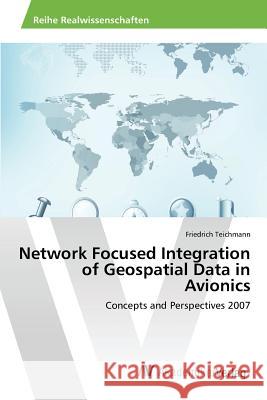Network Focused Integration of Geospatial Data in Avionics » książka
Network Focused Integration of Geospatial Data in Avionics
ISBN-13: 9783639870398 / Angielski / Miękka / 2016 / 76 str.
For efficient and effective aircraft operations various geospatial data have to be available under predefined conditions. The standard aeronautical in-flight navigation charts, approach charts and aerodrome maps are supplemented by geo-referenced data tables like those indicating location ID, airspace extent, obstacles and navigation points. The geospatial database is further augmented by mission related data like way points, remote sensing data or results of location based services. The integration and proper updates of the geospatial data for aeronautical systems on the ground as well as in the air are critical for optimal aircraft operations. Due to the special requirements of air operations, such as for the various types of air space users, the third dimension (z), the long distances, the required actuality and authenticity and the high level of system integration, the indispensable geospatial data has to be handled uniquely.
For efficient and effective aircraft operations various geospatial data have to be available under predefined conditions. The standard aeronautical in-flight navigation charts, approach charts and aerodrome maps are supplemented by geo-referenced data tables like those indicating location ID, airspace extent, obstacles and navigation points. The geospatial database is further augmented by mission related data like way points, remote sensing data or results of location based services. The integration and proper updates of the geospatial data for aeronautical systems on the ground as well as in the air are critical for optimal aircraft operations. Due to the special requirements of air operations, such as for the various types of air space users, the third dimension (z), the long distances, the required actuality and authenticity and the high level of system integration, the indispensable geospatial data has to be handled uniquely.











